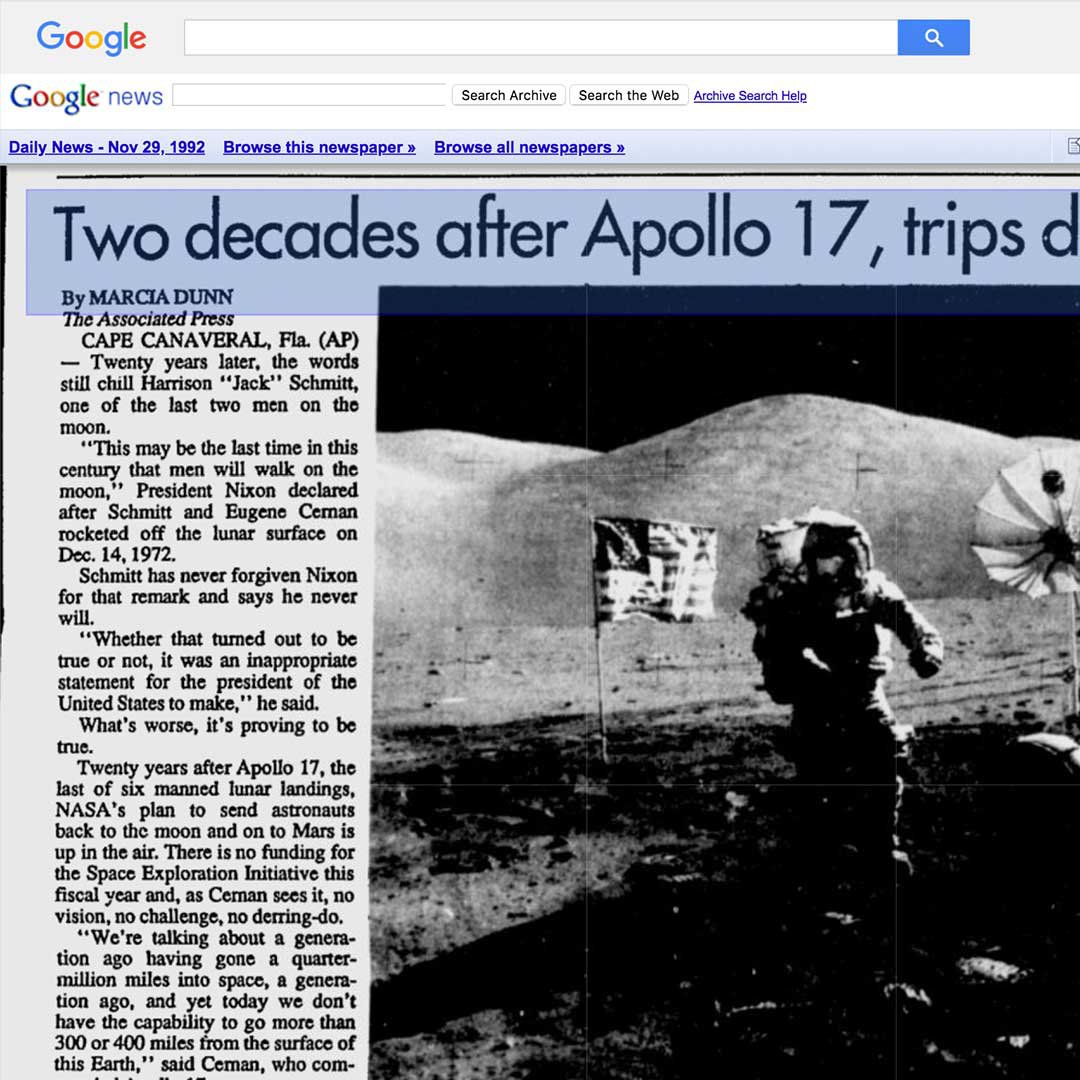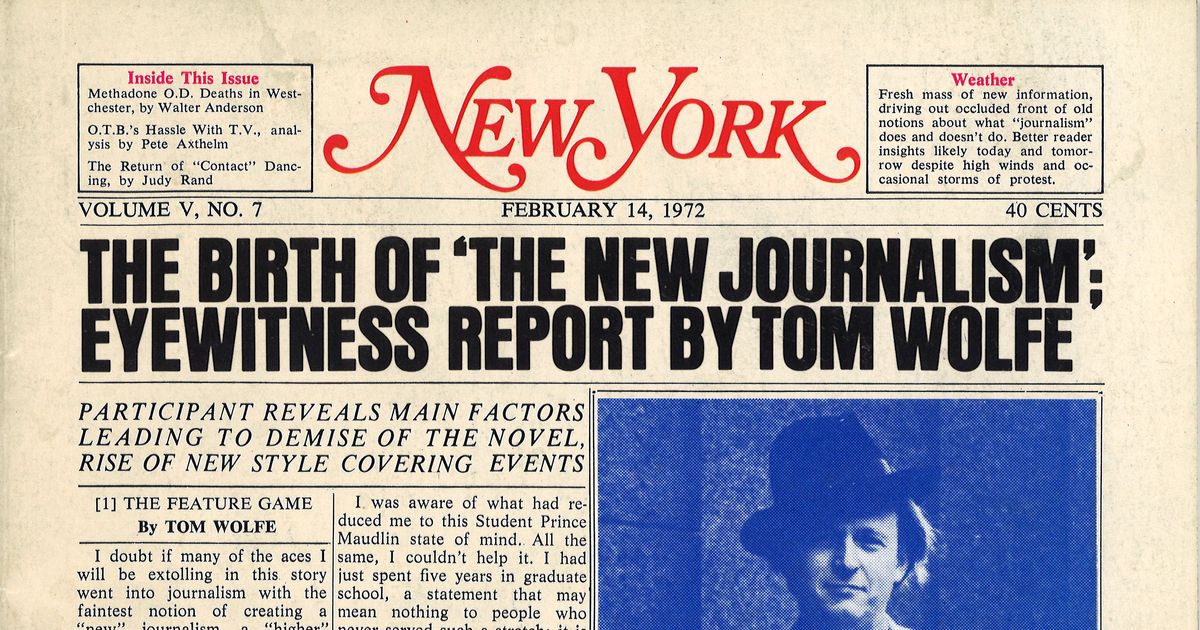News Articles Can Be Fun For Everyone
Table of ContentsThe 7-Second Trick For News ArticlesNews Articles Fundamentals ExplainedThe 6-Minute Rule for News ArticlesNews Articles Things To Know Before You Get ThisThe Only Guide for News Articles
Excellent expertise of various topics gives pupils an one-upmanship over their peers. Even though electronic and social networks are readily accessible, we must not neglect exactly how vital it is to check out the papers. Moms and dads have to try and inculcate the routine of checking out a newspaper as a day-to-day routine to continue the legacy of the adored print medium.Newspaper article additionally include at least among the following essential attributes about the intended audience: proximity, importance, timeliness, human rate of interest, curiosity, or repercussion. The associated term journalese is sometimes utilized, normally pejoratively, to describe news-style writing. One more is headlinese. Newspapers normally follow an expository writing style.
Within these limitations, news tales also aim to be extensive. Amongst the larger and more revered papers, justness and balance is a significant variable in offering information.
Papers with a global audience, for instance, tend to use an extra formal design of writing. The specific selections made by a news electrical outlet's editor or content board are usually gathered in a style overview; usual design overviews include the and the US Information Design Book. The major goals of news writing can be summarized by the ABCs of journalism: accuracy, brevity, and clearness.
The 9-Minute Rule for News Articles
As a guideline, reporters will certainly not use a lengthy word when a short one will do. They make use of subject-verb-object construction and brilliant, active prose (see Grammar). They use narratives, instances and metaphors, and they hardly ever rely on generalizations or abstract concepts. News writers try to stay clear of utilizing the same word more than once in a paragraph (in some cases called an "resemble" or "word mirror").
However, headings sometimes leave out the topic (e.g., "Leaps From Boat, Catches in Wheel") or verb (e.g., "Cat lady fortunate"). A subhead (likewise subhed, sub-headline, subheading, caption, deck or dek) can be either a subservient title under the major headline, or the heading of a subsection of the write-up. It is a heading that precedes the main message, or a group of paragraphs of the primary message.

Additional billboards of any of these types may show up later on in the post (particularly on subsequent pages) to lure more analysis. Such signboards are additionally utilized as pointers to the post in various other sections of the publication or site, or as ads for the piece in various other magazine or sites. Regular structure with title, lead paragraph (recap in vibrant), various other paragraphs (information) and get in touch with details.

Instance of a hard-lead paragraph NASA is suggesting one more space project. The spending plan demands approximately $10 billion for the job.
The NASA announcement came as the company asked for $10 billion of appropriations for the job. An "off-lead" is the second essential front page information of the day. The off-lead shows up either in the top left corner, or directly listed below the lead on the. To "hide the lead" is to start the short article with background information or details of additional significance to the visitors, forcing them to read more deeply into an article than they need to need to in order to discover the vital points.
Little Known Questions About News Articles.
Typical usage is that a person or 2 sentences each form their very own paragraph. Journalists usually explain the company or framework of a newspaper article as an inverted pyramid. The necessary and most interesting elements of a story are put at the start, with supporting details following check this site out in order of decreasing relevance.
It enables individuals to discover a topic to only the depth that their inquisitiveness takes them, and without the imposition of details or subtleties that they can take into consideration irrelevant, however more helpful hints still making that information readily available to a lot more interested viewers. The inverted pyramid framework additionally enables posts to be trimmed to any arbitrary length throughout design, to fit in the space readily available.
Some authors start their stories with the "1-2-3 lead", yet there are many sort of lead available. This layout usually begins with a "Five Ws" opening up paragraph (as explained over), followed by an indirect quote that offers to support a significant element of the first paragraph, and after that a straight quote to support the indirect quote. [] A kicker can refer to several things: The last story current broadcast; a "happy" tale to finish the show.
Longer short articles, such as magazine cover write-ups and the items that lead the inside sections of a newspaper, are understood as. Feature tales vary from straight information in a number of means.
The Buzz on News Articles
An attribute's first paragraphs usually connect an interesting moment or event, as in an "unscientific lead". From the details of a person or episode, its sight promptly expands to generalizations regarding the tale's subject.

The Editor's Tool kit: A Recommendation Guide for Beginners and Professionals (2001) Allan M. Siegal and William G. Connolly. The New York City Times Guidebook of Style and Usage: The Authorities Design Guide Utilized by the Writers and Editors of the Globe's A lot of Reliable Newspaper (2002) M. L. Stein, Susan Paterno, and R.